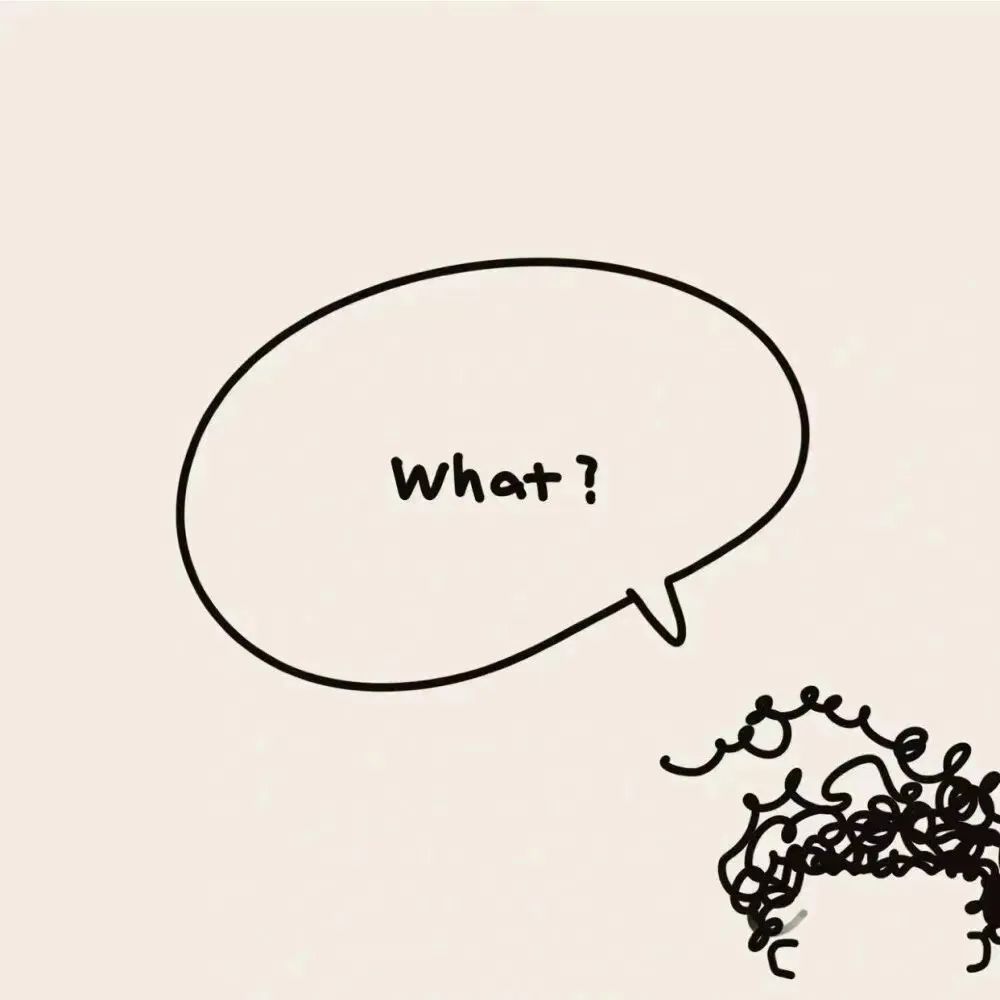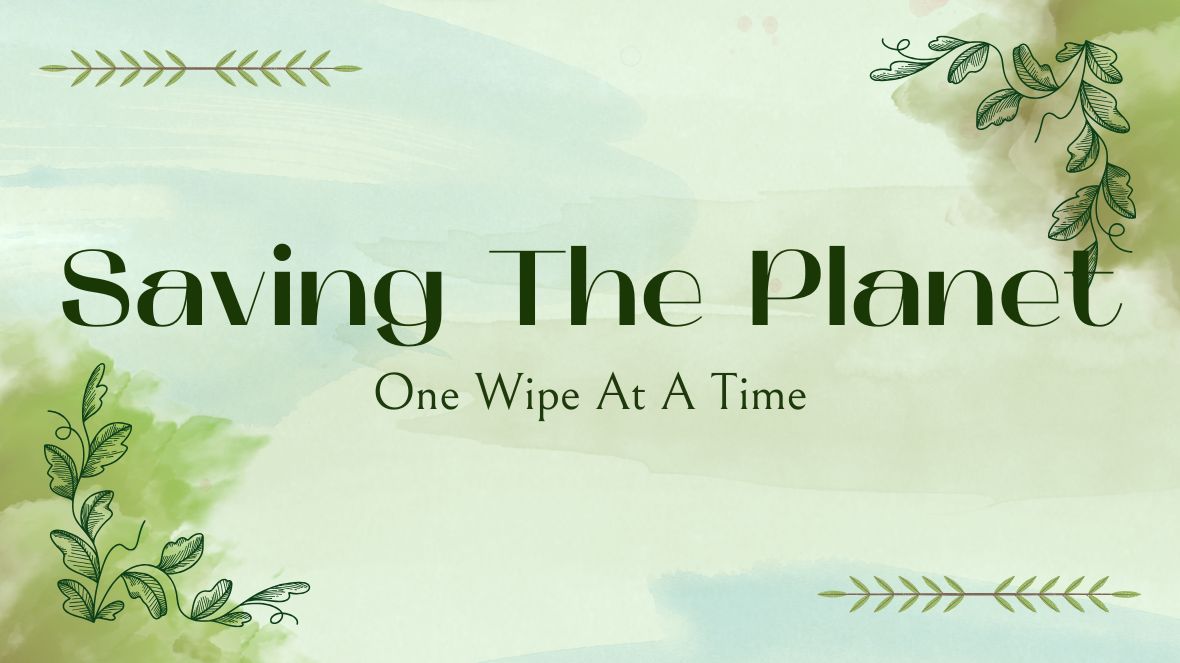According to historical records, the Chinese first invented and started using toilet paper. In the 2nd century BC, the Chinese had designed the world's first toilet paper for toilet use. By the 16th century AD, the toilet paper used by the Chinese was astonishingly large today, with a width of 50 centimeters and a length of 90 centimeters. Of course, only the privileged class like the emperor's courtiers had the right to use such luxurious toilet paper.
We can gain insight into the strict hierarchy of ancient societies just by looking at a small piece of toilet paper. Ancient Roman dignitaries used rosewater-soaked wool as toilet paper, while the French royal family favored lace and silk. Of course, more squires and rich people can only use marijuana leaves.
In 1857, an American named Joseph Gayetti became the first businessman in the world to sell toilet paper. He named his toilet paper "Gayetti Medical Paper," which is actually just a wet sheet soaked in aloe vera juice. Even so, this new product is still surprisingly pricey. At that time, such an advertise once spread all over the streets and alleys: "Gayetti medical paper, a good partner for going to the toilet, a contemporary necessity". But this is a bit whimsical, knowing that most people don't need such "golden toilet paper" at all.
In 1880, brothers Edward and Clarence Scott began selling toilet roll as we know it today. However, as soon as new products came out, they were attacked by public opinion and bound by moral taboos. At that time, in the eyes of ordinary people, publicly displaying and selling toilet paper in stores was a shameful and immoral behavior that was harmful to physical and mental health.
Toilet paper at the end of the 19th century and the beginning of the 20th century was far less soft and comfortable than today's toilet paper, and its water absorption was not satisfactory. In 1935, a new product called "Free Toilet Paper" was launched on the market. Therefore, it is not difficult for us to imagine that the toilet paper of that era must contain a lot of impurities.
It goes without saying that toilet paper plays a vital role in today's life. A thank-you letter received by Kimberly-Clark in 1944 can well confirm this point. In the letter, the U.S. government praised: "Your company's product (toilet paper) made a noble contribution to the front supply in World War II."
In the "Desert Storm" operation of the Gulf War, toilet paper made great contributions to the US military and played a vital strategic role. At that time, the U.S. military was engaged in desert operations. The white sand dunes formed a sharp contrast with the green tanks, and it was easy to expose the target. Since it was too late to repaint, the U.S. military had to wrap the tanks one by one with toilet paper for emergency camouflage. This usage is still really weird.










